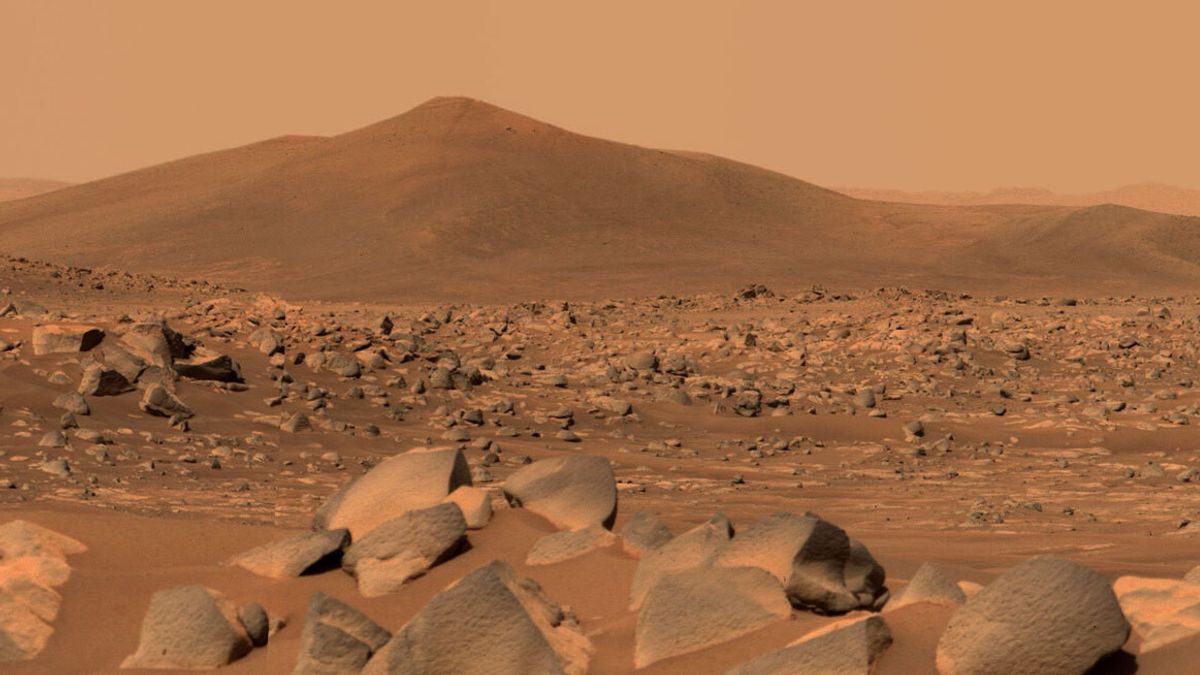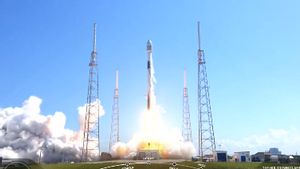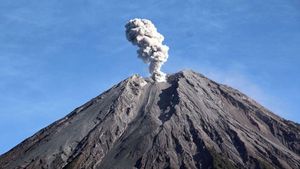JAKARTA - The planet Mars has become the most recent object that has received the full attention of the James Webb Space Telescope, its planet's atmosphere has been captured.
The Webb Telescope's main goal was to detect faint light from distant galaxies, and now it has captured what Mars' atmosphere was like at night on September 5.
The Webb Telescope's Near-Infrared Camera (NIRCam) captured one of the brightest objects in Mars' night sky. The Webb Telescope's infrared camera capabilities provide another perspective that can reveal details about the surface and atmosphere of Mars.
The billion-dollar telescope can see the sunlit side of Mars as it faces itself, placing the telescope in the perfect position to watch the planet's changing seasons, dust storms, and weather all at once.
The telescope is so sensitive that astronomers have to make adjustments to prevent Mars' dazzling infrared light from blinding the Webb Telescope's detectors.
Using a very short exposure, the Webb Telescope observed Mars resulting in new images of the eastern hemisphere of Mars in different wavelengths of infrared light. See the image below.

On the left is a reference map of the hemisphere captured by the Mars Global Surveyor mission, which ended in 2006.
Meanwhile, the top right image from the Webb Telescope shows sunlight reflected off the Martian surface, showing Martian features such as Huygens Crater, dark volcanic rock and Hellas Planitia, a large impact crater on the red planet that stretches for more than 1,200 miles.
The bottom right image shows Mars' thermal emissions, or the light emitted by the planet as it loses heat. The brightest area shows the warmest point. In addition, the astronomers saw something else in the thermal emission images.
When this thermal light passes through the Martian atmosphere, some of it is absorbed by carbon dioxide molecules. This phenomenon causes Hellas Planitia to appear darker.
SEE ALSO:
Geronimo Villanueva, a planetary scientist at NASA's Goddard Space Flight Center, said: "This is not really a thermal effect on Hellas. The Hellas Basin is a lower altitude, and thus experiences higher air pressure.
"That higher pressure leads to suppression of thermal emissions over a certain range of wavelengths due to an effect called pressure expansion. It would be very interesting to separate out these competing effects in these data," he added.
With the powerful capabilities of the Webb Telescope, Villanueva and her team also captured the first of the near-infrared spectrum of Mars.
The spectrum shows subtler differences in brightness across the planet, which can highlight aspects of Mars' surface and atmosphere.
Preliminary analyzes have revealed information about the ice clouds, dust, rock types on the surface and atmospheric composition contained in the spectrum. There are also water, carbon dioxide and carbon monoxide signatures.
The English, Chinese, Japanese, Arabic, and French versions are automatically generated by the AI. So there may still be inaccuracies in translating, please always see Indonesian as our main language. (system supported by DigitalSiber.id)















